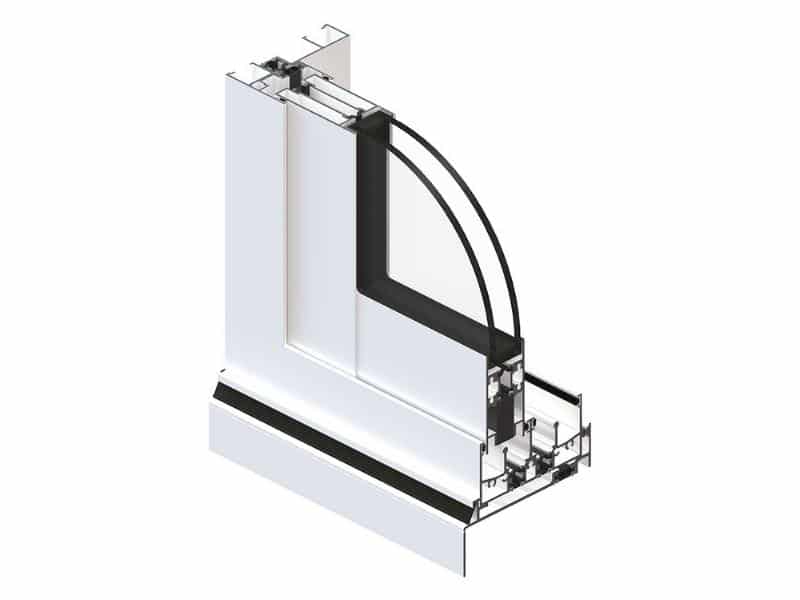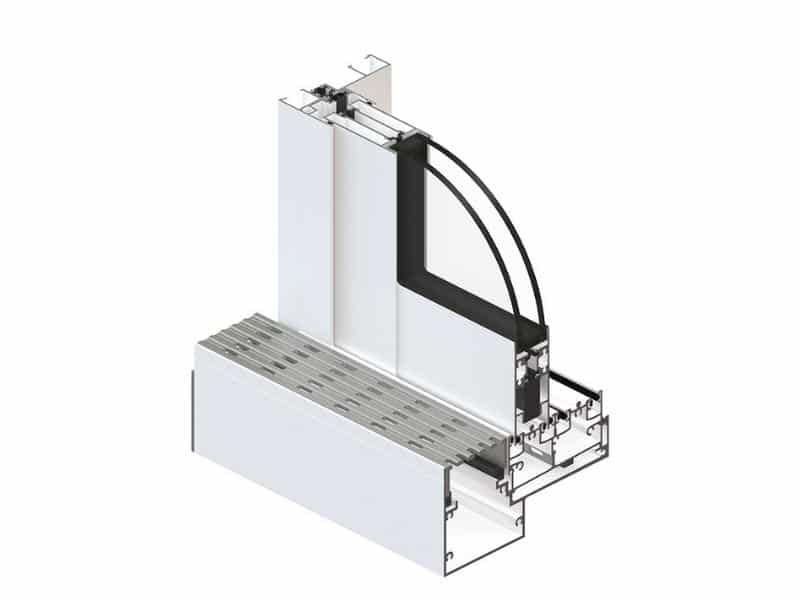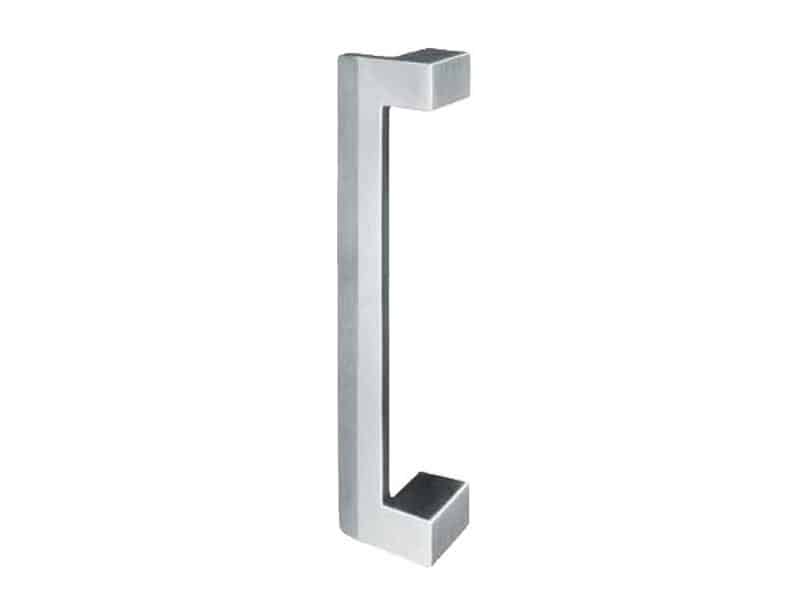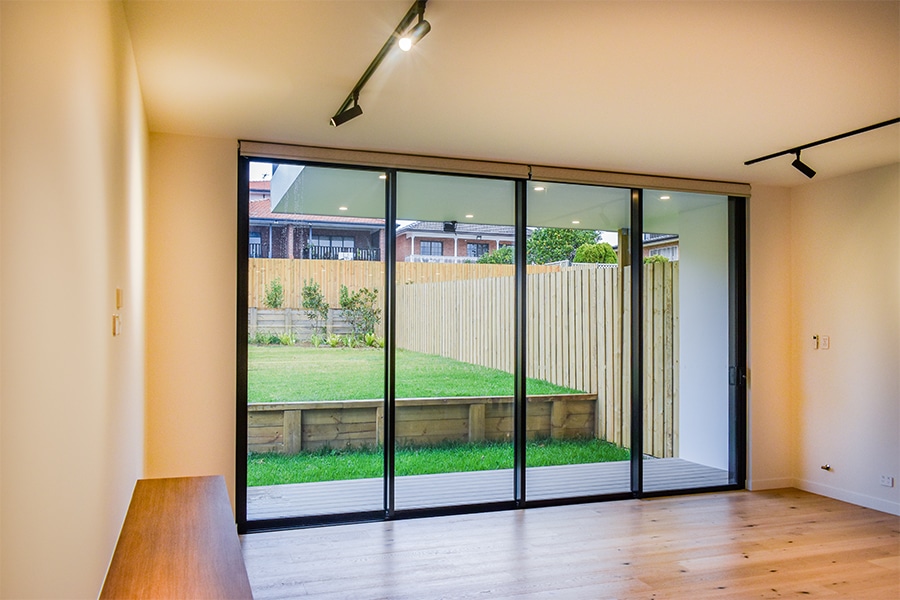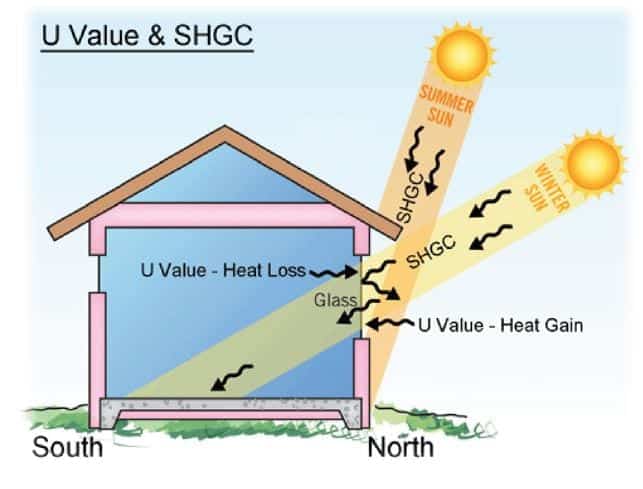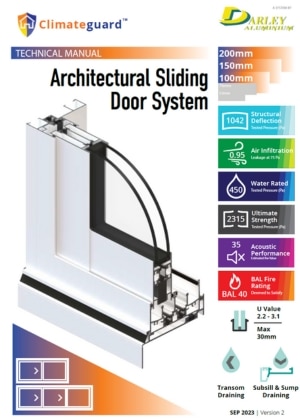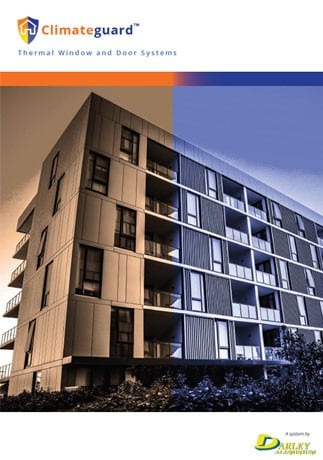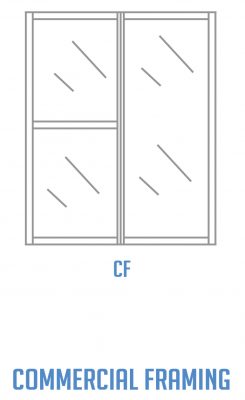ClimateGuard Architectural Sliding Door
The Architectural Sliding Door combines high performance and energy efficient with a contemporary and modern design. This system made of thermally-broken extrusions, provides high energy ratings whilst maintaining a competitive level of wind and water ratings.
Its structural design allows for extra large door panels and a glass thickness of up to 30mm. Ideally suited to high rise apartments and commercial applications, the ClimateGuard Architectural Sliding door is compatible with Darley’s other commercial window and door systems.

